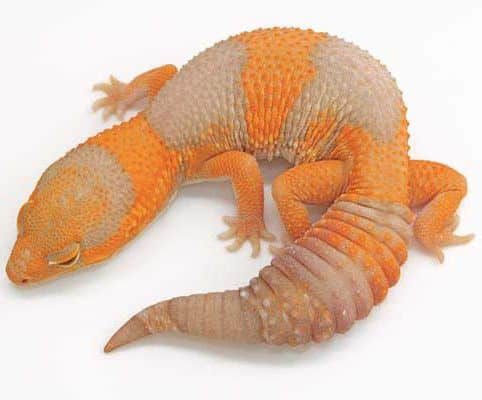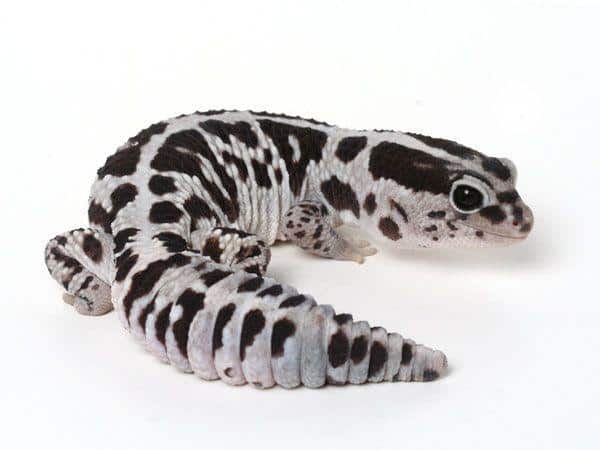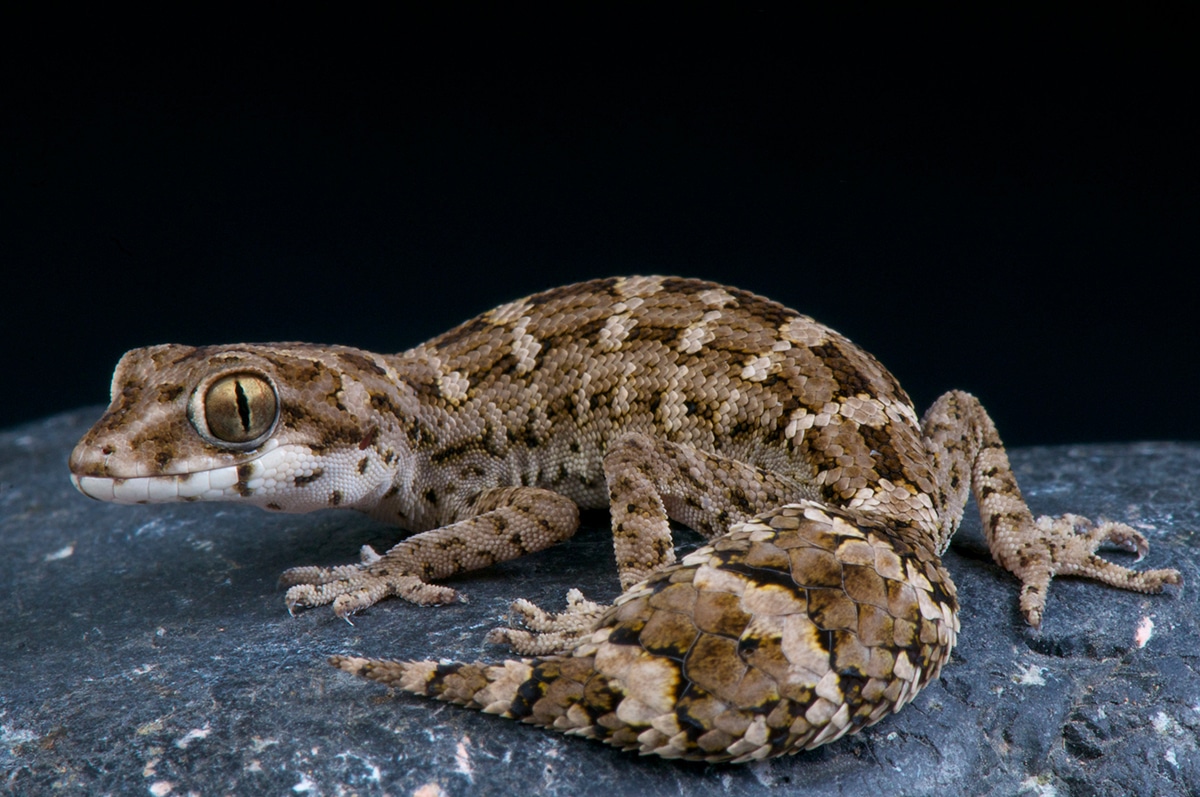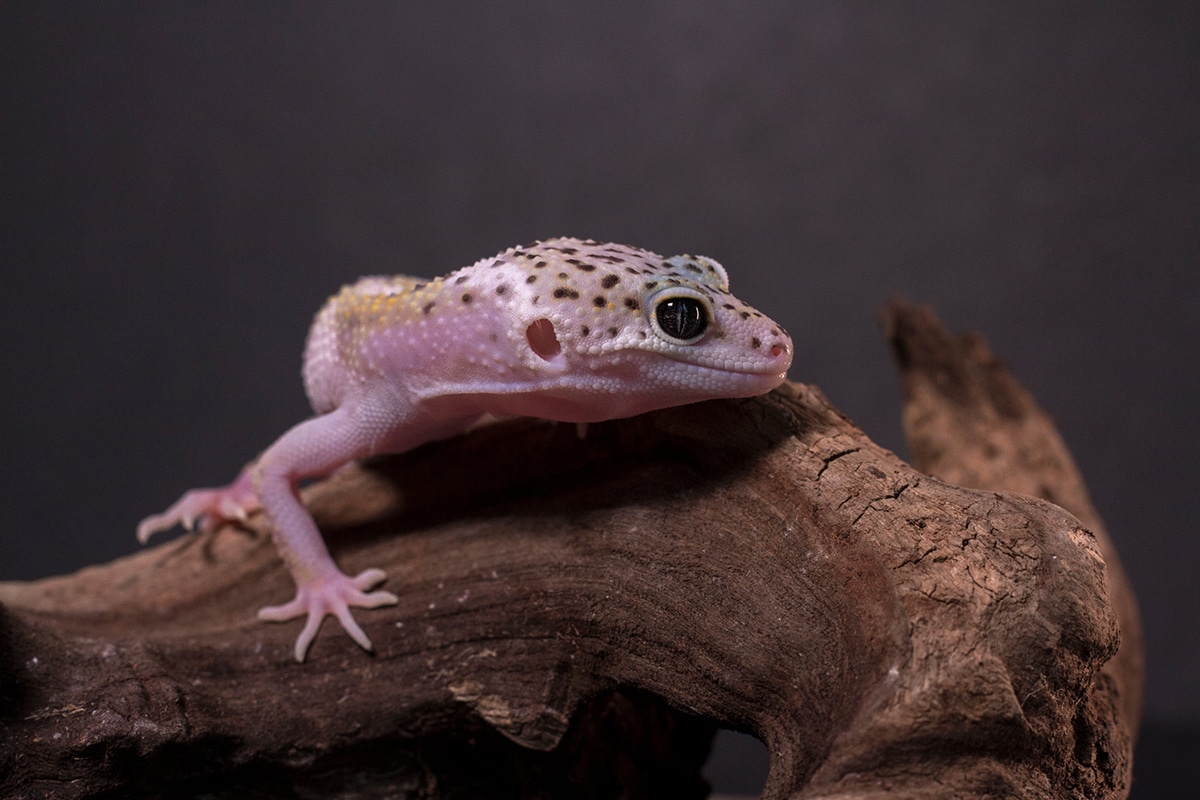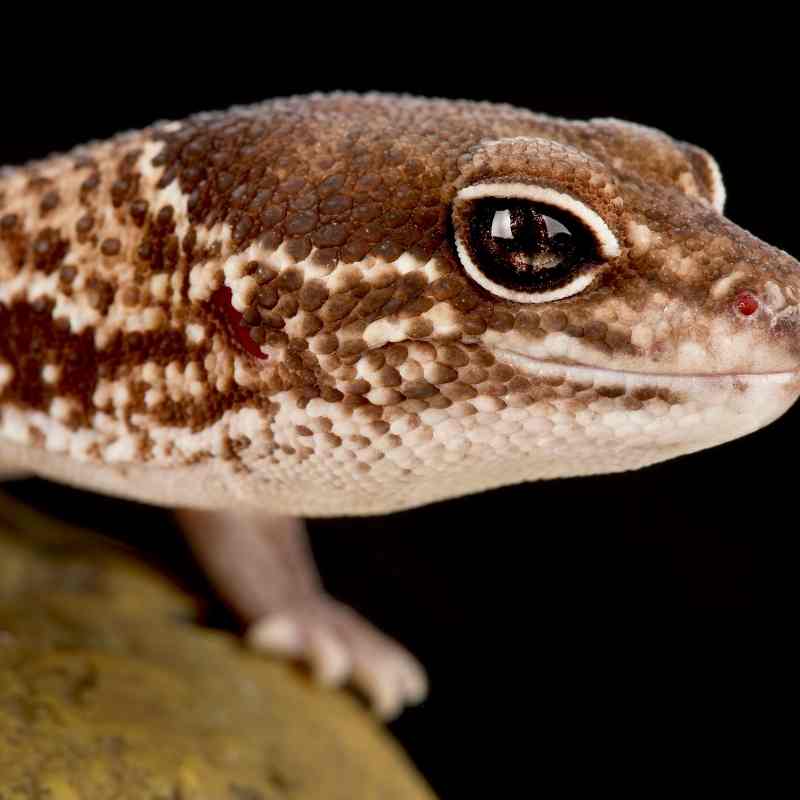African Fat-Tailed Geckos Tail: Everything You Need to Know
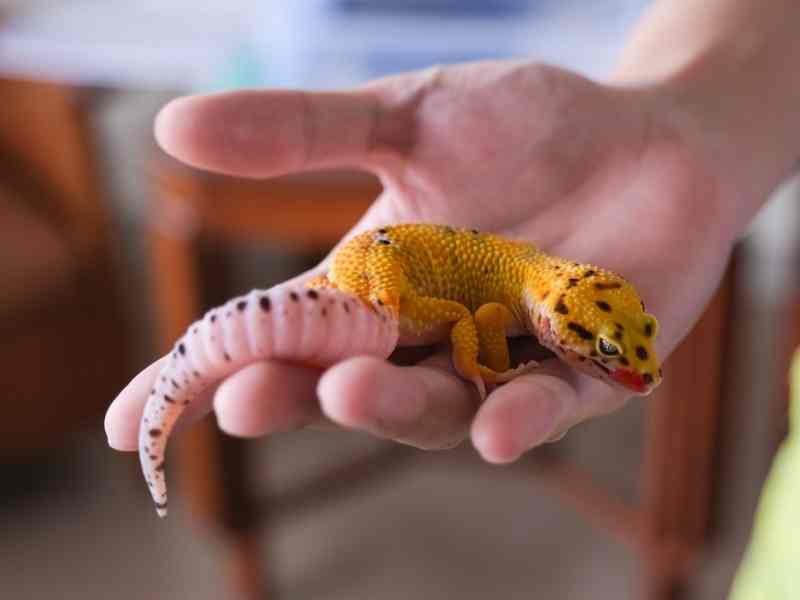
Owning a gecko is one of those joys only a select few get to experience, like you, because you know how cool and amazing reptiles are! One of those cool and amazing and slightly frightening things about them is the fact that seemingly out of nowhere, they will be tailless. Is this something you should be worried about?
Losing the tail is a natural occurrence for the African Fat-Tailed Gecko. It’s an act of self-defense when they are threatened and under high stress. The tail will detach and move to occupy predators while the gecko escapes. While more common in the wild, domestic geckos can also lose their tails.
For the answers to more common questions about this natural but curious phenomenon, such as other reasons why your gecko discards their tail, or what to do if they bleed, read on, below.
Contents
Do African Fat-Tailed Geckos (AFTGs) Drop Their Tails?
Yes, the AFTG has the ability to drop its tail. The AFTG is one of many geckos and reptiles that can choose to lose their tail by contracting a muscle between two caudal vertebrae in their tail, which is an extension of their spine. They fracture their tail bone and effectively snip off their own tail. They are able to do this between any two vertebrae in their tail, but they will likely snip off as much of their tail as possible to feel safe. Not only are they able to detach their tail, but that tail will appear to have a life of its own and start wiggling madly. We’ll go over why next.
Why do Fat-Tailed Geckos Drop Their Tails?
There are a variety of reasons why geckos drop their tails. Whether it’s in the wild or in a domestic setting, common reasons include:
- Being incorrectly handled and held or stopped by their tail
- Being bitten on the tail by another gecko
- Constricted blood flow caused by stuck shedding skin
- Getting their tail caught somewhere in the enclosure
- Feeling threatened by their handler or another animal
All of these reasons basically come down to your fat-tailed gecko feeling stressed out, prompting them to execute this amazing defense mechanism.
In the wild, this mechanism has the added bonus of having the snipped-off tail move in order to attract their predator’s attention and give the gecko enough time to escape.
Should I be Worried if They Lose Their Tail?
A Fat-tail gecko doesn’t just have a fat tail for show. They become bulky because the majority of your gecko’s fat reserves are stored in the tail. Losing their tail would be a problem in the wild, or if you didn’t feed them enough, because they would rely on those reserves to keep them going while food is scarce.
However, as you are clearly a responsible gecko owner, this isn’t likely to be an issue. This is also a very natural ability for all kinds of geckos, so there’s usually nothing to worry about health-wise.
Still, if your gecko is deciding to drop their tail, there’s the possibility that you or something in their environment is stressing them out, which is never good. If you have multiple geckos, separate the “injured” gecko from the rest and put him/her in their own enclosure so that they can heal in peace.
If you suspect you’re the reason for their extreme duress because they aren’t used to you yet, give them space. Let them calm down and then you can assess their wound to help them heal and see if it’s anything to worry about.
Does it hurt them to lose their tail?
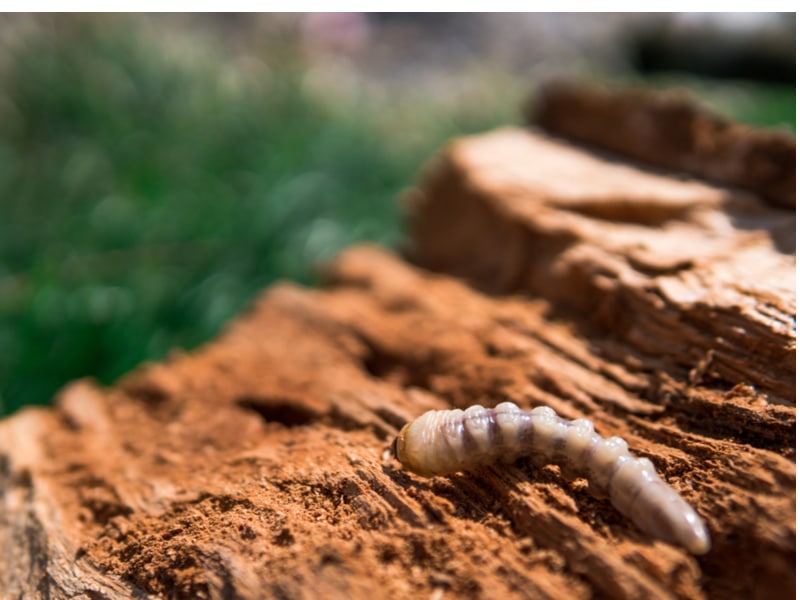
Whether you see your lovely lizard lose their tail for the first time or the tenth time, it looks pretty gruesome and painful. Complicating this is the fact that reptiles aren’t very expressive, which would help let you know if they’re in pain.
In spite of these things, removing the tail is an entirely painless process. Like I mentioned at the beginning of the article, gecko bodies are specially designed for autonomy.
Of course, that’s if your gecko loses its tail intentionally. It’s still possible for them to lose their tail through trauma, which can cause them actual harm and more worrying blood loss.
What Should I do When My Gecko Loses Their Tail?
Each time your gecko loses their tail, either through autonomy or trauma, follow these steps:
- Give your gecko space and some time to calm down.
- Clean the wound by taking a clean washrag soaked with warm water to wipe off any bits and substances that are on the fresh wound.
- Follow up with a reptile-friendly antimicrobial wound care spray to kill any undesired bacteria that would cause infections.
- Attach a clean paper towel as a sort of bandage that will keep the wound clean.
- Deep clean your gecko’s tank so that it’s devoid of other harmful bacteria
- Feed your gecko nice, fresh, and fatty mealworms and other fatty insects so that they’ll have an easier time restoring their tail.
But what do you do if the injury is more serious?
What do I do if The Tail is Bleeding?
Some blood is perfectly normal if your gecko amputated themself, and won’t typically be cause for concern because when they do drop their tail, they prevent harm to the rest of their bodies by conducting quick vasoconstriction – the closing of the blood vessels – so that they minimize blood loss.
If the tail was lost through trauma, causing the tail to be wounded in a place that doesn’t necessarily have this vasoconstriction ability, clean the wound like you would usually do. Then, apply a little bit of pressure with actual wound dressings or some cotton wool that won’t stick to the wound. Keep applying pressure until the wound stops bleeding. Consult a vet if all else fails.
Does Their Tail Grow Back? How Fast?
When a fat-tailed gecko loses their tail, the tail will grow back, especially if you supplement their diet with fatty insects and worms during the healing period to help the growth along.
When your gecko loses their tail it will take about 60-65 days for it to completely grow back. Don’t be surprised if it looks a little funny.
One cool fun fact about the fat-tail gecko’s tail is that when it does come back, it will be rounder than before in order to imitate its head and be a completely different color from the rest of the body. This further confuses their predators.
How Many Times Can an AFTG Lose Their Tail?
According to Neeness, geckos can only lose their tails so many times before the tail won’t grow back anymore. However, it’s unclear how many times the African Fat-Tailed Gecko can lose its tail before it’s tailless for the rest of its life.
Do AFTGs Eat Their Tail?
African Fat-Tailed Geckos do not eat their own tails. It’s useful for storing fat and acting as a diversion for predators. When your gecko ditches their tail, they aren’t inclined to eat it. Just don’t starve your gecko to find out, okay?
Conclusion
In short, your prized pet is a wonderful creature with fantastic abilities that help keep it safe and healthy. In the wild, geckos have to take care of themselves which usually means their health is low-maintenance for you.
Still, there can come moments when even this extraordinary reptile will need some help and rely on you. Hopefully, you’ll be used to each other when those moments happen. It makes it much easier on both of you.
